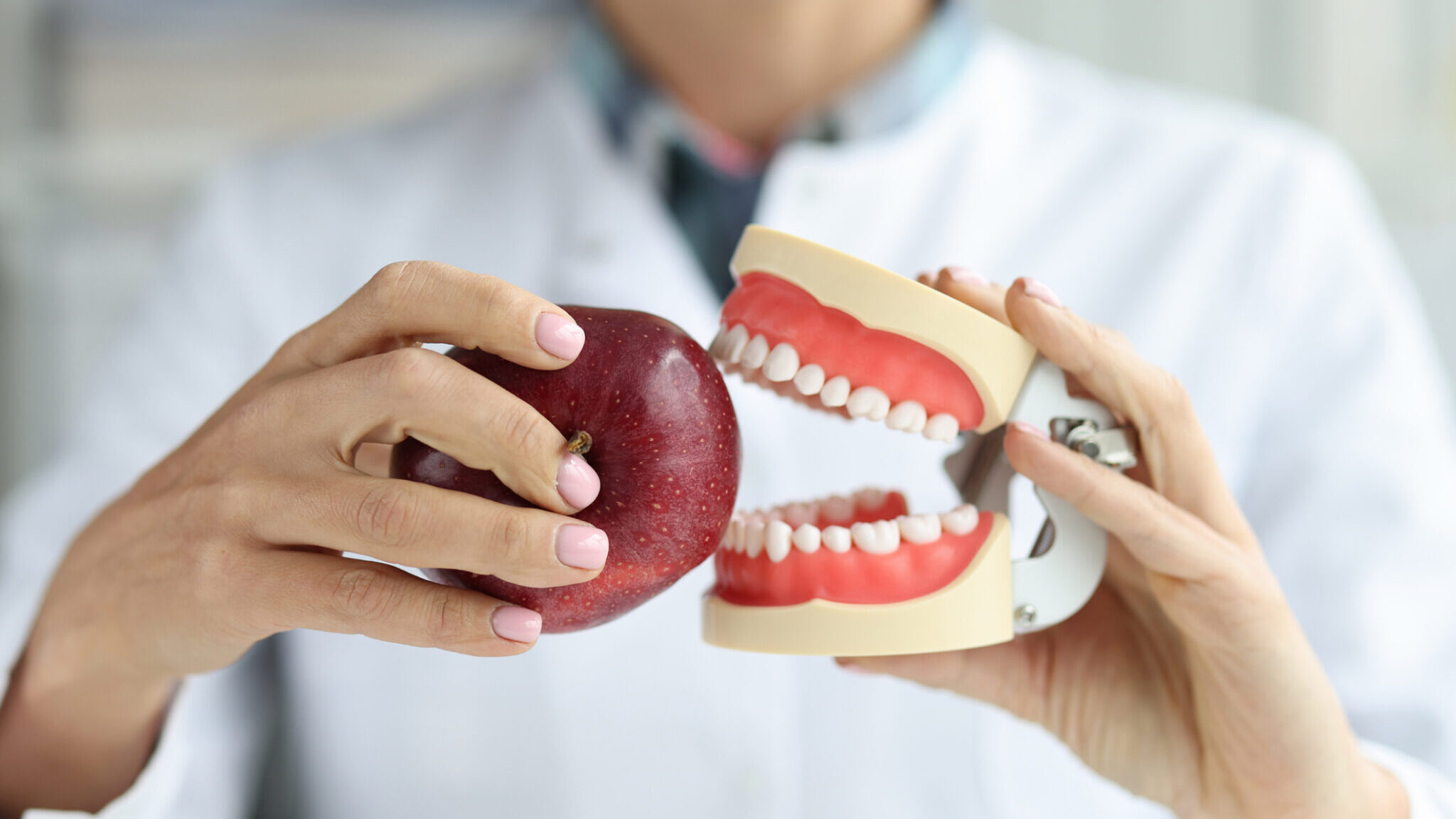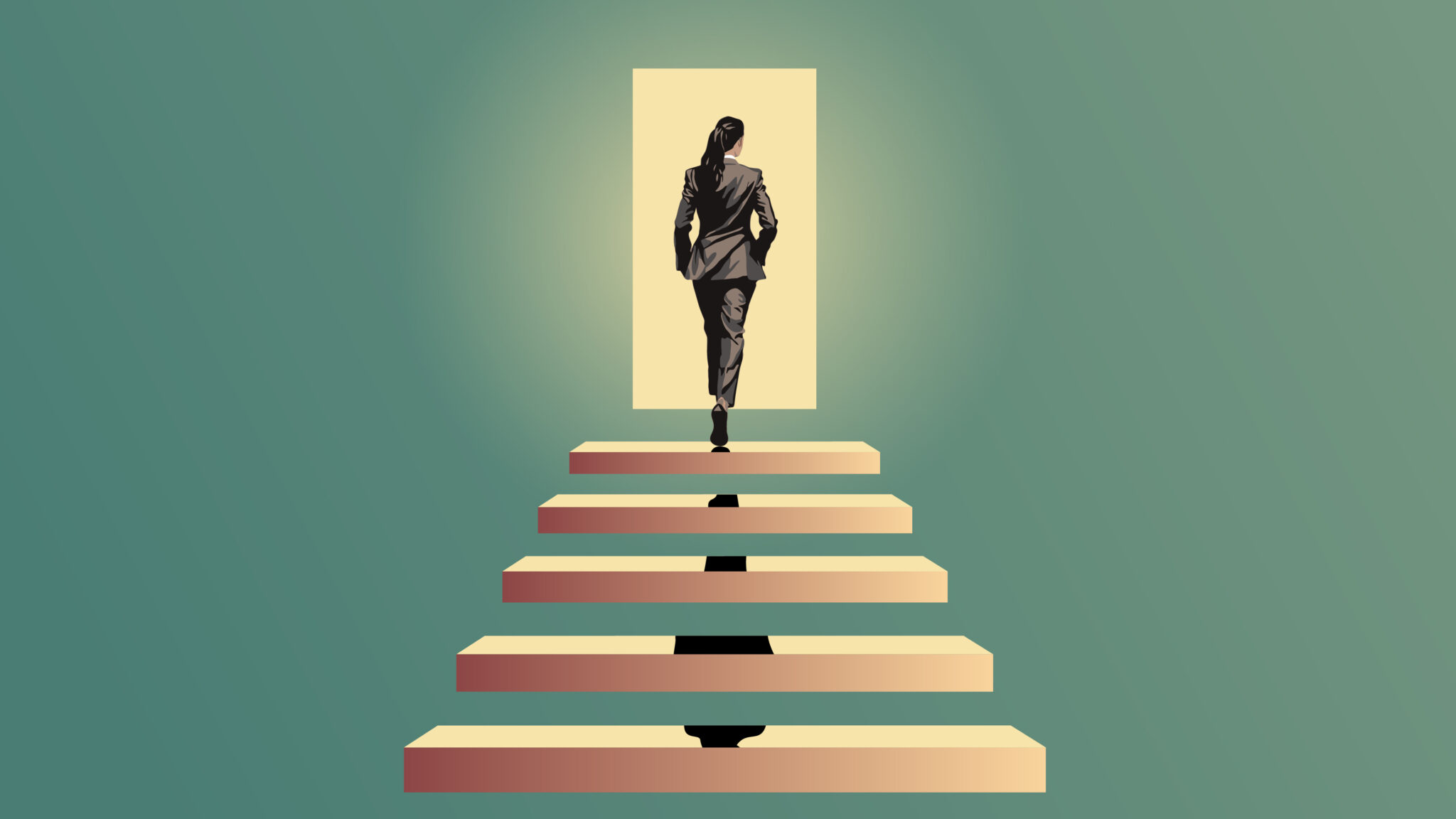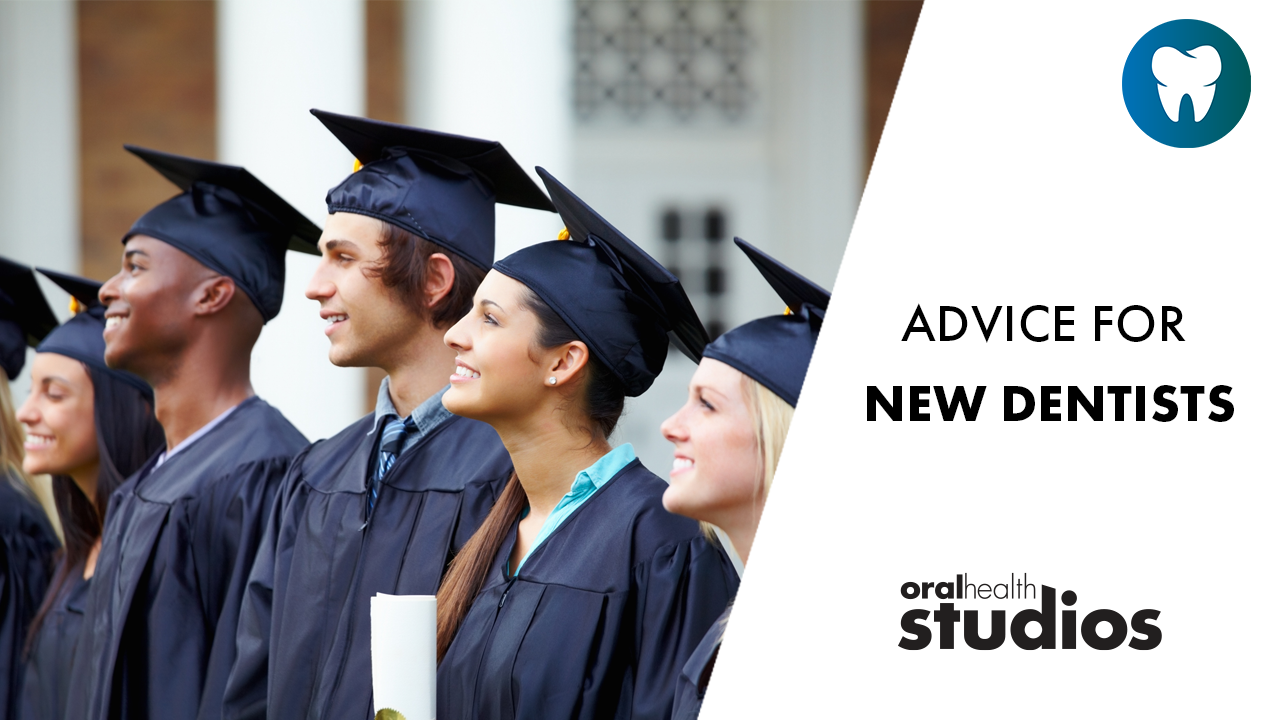
In the bustling environment of a dental clinic, amidst the whirring of drills, the hum of suction devices, and the clinking of instruments, one crucial aspect often overlooked is the protection of the practitioners’ hearing. Noise-induced hearing loss (NIHL) is defined as hearing loss due to damage of the inner ear from overexposure of loud sounds and can result in permanent, irreversible damage. This poses a significant threat to the well-being of dental professionals, affecting their quality of life and professional competence. Untreated hearing loss can lead to communication difficulties, hindering effective patient interaction and teamwork among dental staff. Moreover, diminished auditory acuity may impede the ability to detect subtle clinical cues, potentially compromising diagnostic accuracy and treatment outcomes. This article will be discussing hearing protection in the dental field, emphasizing its indispensable role in maintaining long-term hearing health for dental professionals.
Dental procedures generate a variety of noises, varying from the low-frequency rumble of machinery to the sharp, high-pitched whine of dental drills. The Occupational Safety and Health Administration (OSHA) identifies prolonged exposure to noise levels exceeding 85 decibels (dB) (Fig. 1) as potentially harmful to human hearing. In dental settings, noise levels can surpass this threshold, particularly during procedures involving high-speed handpieces and ultrasonic scalers. Without adequate protection, dental professionals are susceptible to noise-induced hearing loss (NIHL), a gradual yet irreversible condition resulting from prolonged exposure to excessive noise.
Fig. 1
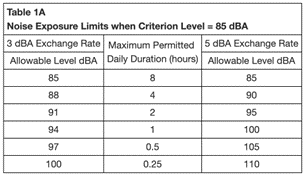
Recognizing the paramount importance of preserving hearing health, dental professionals must prioritize the adoption of effective hearing protection measures. Noise reducing earplugs serve as primary defenses against excessive noise exposure in the dental environment. Custom-molded noise canceling earplugs (Fig. 2) offer superior comfort and attenuation, tailored to the individual’s unique auditory needs.
Fig. 2
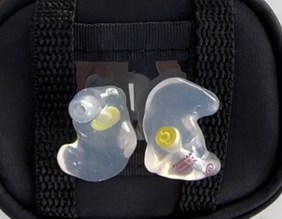
In recent years, significant advancements have been made in hearing protection technology, catering specifically to the needs of dental professionals. Specialized hearing protectors designed for dental practitioners offer enhanced comfort, durability, and compatibility with clinical tasks. Investing in custom noise reducing hearing plugs will not only provide you with a comfortable fit for your long work day, but being perfectly molded to your ear anatomy will also provide the most superior noise reduction from durable materials that can withstand daily use. Unlike generalized ear plugs, custom ones are designed to fill the entire ear canal perfectly to keep sound leaking around the plug and into the ear canal. Additionally, ergonomic designs ensure optimal compatibility with dental loupes and other personal protective equipment (PPE), facilitating unimpeded workflow without compromising hearing protection.
Fig. 3

In conclusion, the dental profession’s commitment to patient care extends beyond clinical expertise to encompass the safeguarding of practitioners’ own health and well-being. By recognizing the inherent risks of noise-induced hearing loss and embracing proactive measures for hearing protection, dental professionals can preserve their auditory health and sustainably pursue their passion for oral healthcare.
Disclaimer: Sianna Trudell, RDH, and Kendra Romanick, RDH have no financial interests in companies manufacturing/ distributing products or services mentioned.
References
- Centers for Disease Control and Prevention. (2024, February 21). Noise and hearing loss – noise and occupational hearing loss. Centers for Disease Control and Prevention. https://www.cdc.gov/niosh/topics/noise/noise.html
- Government of Canada, C. C. for O. H. and S. (2024, April 9). Noise – occupational exposure limits in Canada. https://www.ccohs.ca/oshanswers/phys_agents/noise/exposure_can.html
- Hearing loss associated with long-term exposure to high-speed dental handpieces. (n.d.). https://thedoctorsearplugs.com/wp-content/uploads/2018/03/GenDent_MJ15_Folmer.pdf
- Regulation: A guide to the noise regulation under the Occupational Health and Safety Act. ontario.ca. (n.d.). https://www.ontario.ca/document/guide-noise-regulation-under-occupational-health-and-safety-act/regulation#:~:text=hazardous%20sound%20levels.-,Noise%20exposure%20limits,%2C%20Lex%2C%208%20%E2%80%9D.
About the Authors:

Sianna and Kendra are dental professionals who have completed schooling for both dental assisting (2019) and dental hygiene (2022) at St. Clair College, in Windsor, Ontario, Canada. They continued working alongside each other as registered dental hygienists in Windsor for almost 2 years and have a strong passion for researching and advocating for the dental profession. Sianna and Kendra have a dental Instagram account named Dentaltoothy where they have been sharing their journey as new graduates in the dental health setting.


